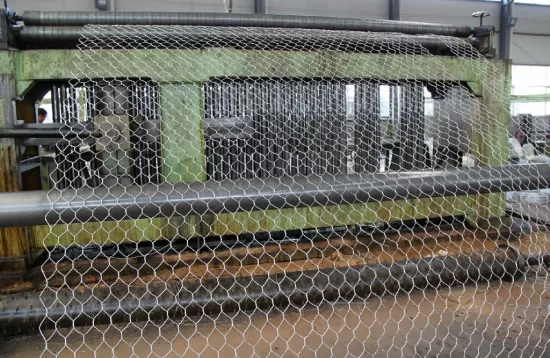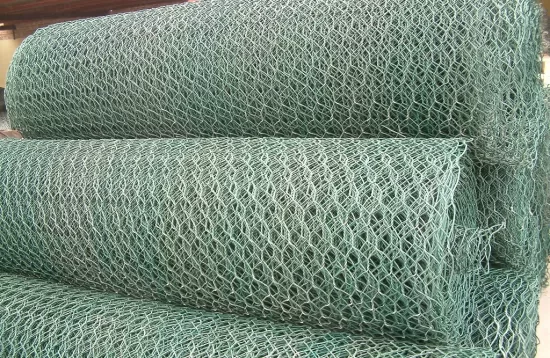Gabion mesh is a kind of structural engineering material. It’s usually made of metal wire mesh that doesn’t get corroded easily or grid boxes filled with strong natural stuff like stones or rock pieces. The way this material and structure are designed lets it be shaped and molded really well. That makes it great for making all kinds of landscape features and formations in landscape design. If you use stones of different sizes and shapes, you can make special landscapes like stone walls, places to sit, flower beds, water features, and even things that look like natural objects. This gives a natural look and also lets you be flexible when you’re designing.

Ecological Gabion, or ecological gabion mesh, is an application that mixes the gabion mesh technology with the ideas of protecting the environment and making people and nature get along well. It puts ecological things into the traditional gabion mesh structure to fit into the natural environment and help ecosystems get better, be protected, and improve. Here are some important things about using gabion mesh in landscape design:
Structure and materials:
– Metal mesh boxes: Just like the old – fashioned gabion mesh, ecological gabion mesh mainly has metal wire mesh that doesn’t corrode easily or grid boxes. This helps it not get rusty and makes it last longer.
– Fill materials: The stuff used to fill it usually includes river stones, mountain stones, or other strong natural stones. These are used to build the structure of the metal mesh boxes.

Ecological elements:
– Vegetation: A big thing about ecological gabion mesh is putting in soil and plants into the fill materials. This helps make the ecosystem better by making plants grow, giving homes to wild animals, stopping erosion, and making the air and water better.
– Ecological terracing: Ecological gabion mesh can be made with terracing structures. This makes it easy to plant all kinds of plants and makes the soil better and changes the way water moves.
– Fish habitats: Ecological gabion mesh near water can be used to make fish habitats better. It gives them places to hide and have babies.
Applications:
– Bank restoration: Ecological gabion mesh can be used to fix riverbanks and lake shores that have been eroded and made bad. It also helps plants grow on the banks.
– Water improvement: Using ecological gabion mesh around water helps make rivers or lakes less polluted and makes the water better.
– Ecological restoration: Ecological gabion mesh can be used to fix land and ecosystems that have been damaged. It helps plants and wild animals come back.

Advantages:
– Ecological protection: Ecological gabion mesh does a lot of good for the environment. It helps make ecosystems healthy and keeps them that way.
– Sustainability: It helps protect the environment, save water, and make there be more kinds of living things. This makes engineering projects more sustainable.
– Natural beautification: Ecological gabion mesh can fit in with natural landscapes. It makes things look nice and also helps the environment get better.
– Maintenance: Even though it has ecological things, ecological gabion mesh still needs to be checked and taken care of regularly. This makes sure the metal mesh is stable, the fill materials are okay, and the plants grow well.
In summary, ecological gabion mesh is a way of engineering that’s good for the environment. It mixes gabion mesh technology with the idea of protecting nature. It helps make ecosystems better, protects the natural environment, and makes things look nicer. It can be used in a lot of ways in ecological restoration, managing water resources, and landscape design.






